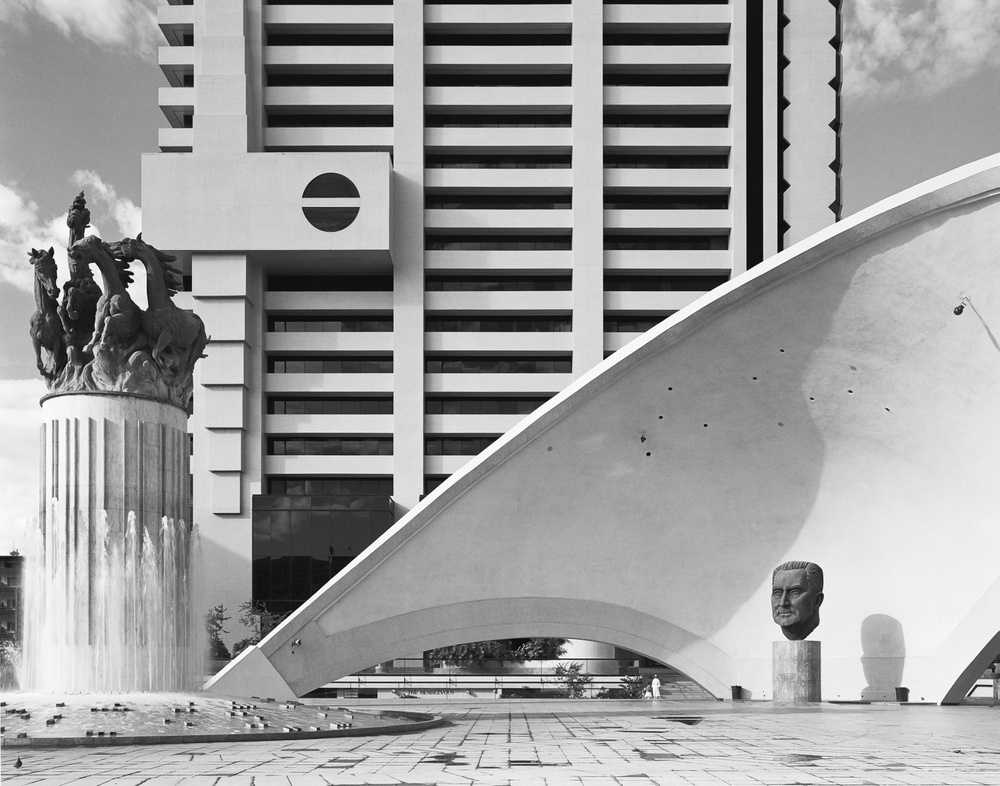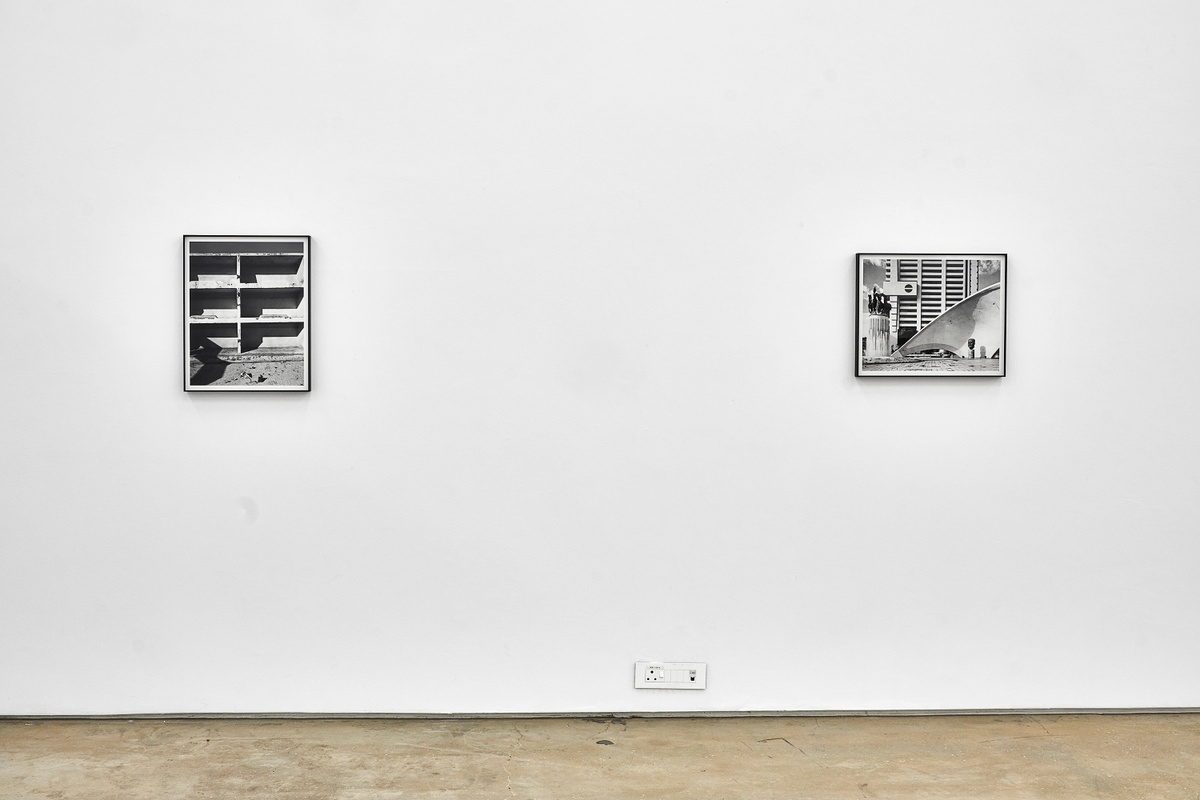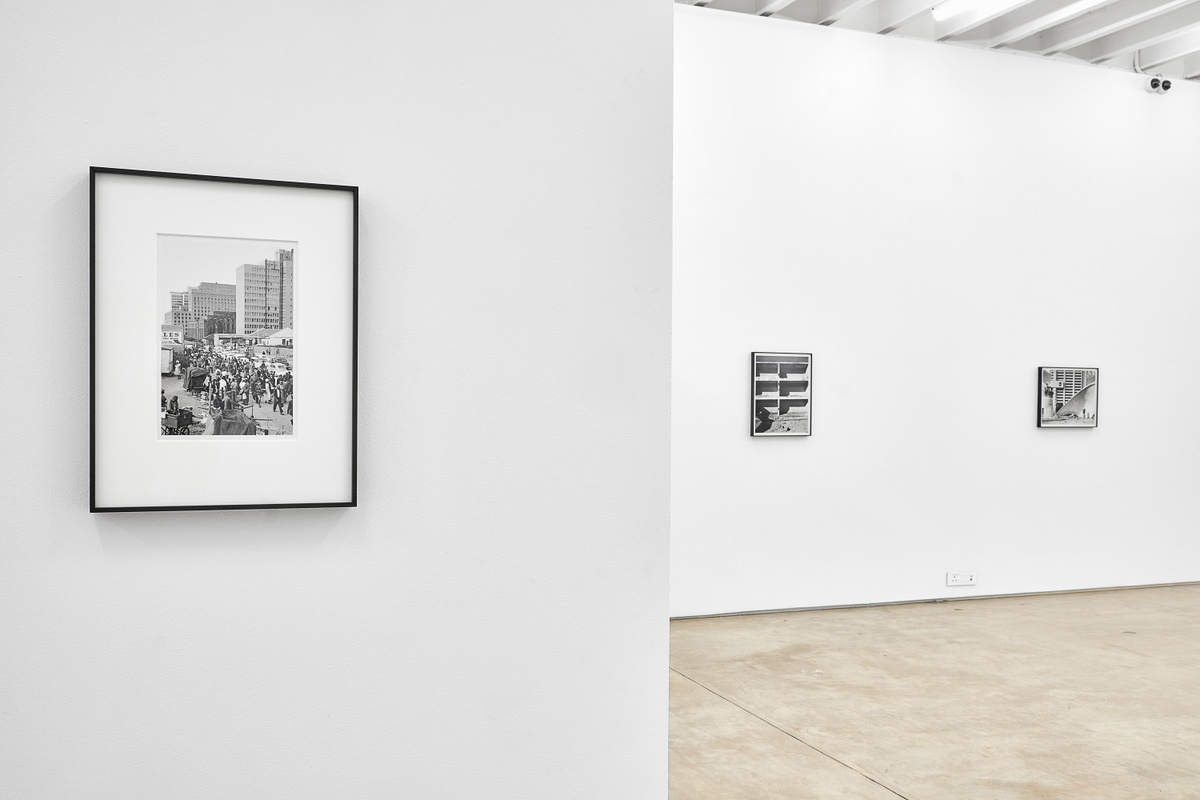David Goldblatt

Nineteen years after Goldblatt took this photograph, the underground parking lot beneath the square collapsed. The monument to J G Strijdom fell through the floor; his bronze head breaking clean in two. That the collapse occurred on what used to be Republic Day – a public holiday celebrated under the apartheid government to mark South Africa’s secession from the Commonwealth in pursuit of its racist ideology – was a coincidence of poetic justice (that, or an act of sabotage). The event neatly resolved the debate around the monument, which was largely unwelcome in the new South Africa. In its place, a gaping hole remained. The square was later repaved and renamed, and a new public sculpture dedicated. It now commemorates the 1956 Women’s March, which began at the square and ended at the Union Buildings, and is named for the anti-apartheid activist and first woman elected to the executive committee of the ANC, Lilian Ngoyi.
Unaffected by the collapse, the monument to the South African Republic, “comprising four galloping horses [at] the centrepiece of an absurdly bombastic water feature” (as described by Brenda Schmahmann), was removed to the University of Pretoria at the vice-chancellor’s request. Here it was summarily stripped of its allegorical significance. Once titled Freedom Symbol, the new commemorative plaque simply terms it Danie de Jager Equine Sculpture.
This photograph is included in The Structure of Things Then, 1998; Fifty-one Years, 2001; Kith Kin & Khaya, 2011; The Pursuit of Values, 2015; and Structures of Dominion and Democracy, 2018.
b.1930, Randfontein; d.2018, Johannesburg
“I was drawn,” the late photographer David Goldblatt wrote, “not to the events of the time but to the quiet and commonplace where nothing ‘happened’ and yet all was contained and immanent.” A preeminent chronicler of South African life under apartheid and after, Goldblatt bore witness to how this life is written on the land, in its structures or their absence. Unconcerned with documenting significant historic moments, his photographs stand outside the events of the time and yet are eloquent of them. Through Goldblatt’s lens, the prosaic reveals a telling poignancy. Even in those images that appear benign, much is latent in them – histories and politics, desires and dread. His photographs are quietly critical reflections on the values and conditions that have shaped the country; those structures both ideological and tangible. Among his most notable photobooks are On the Mines (1973), Some Afrikaners Photographed (1975), In Boksburg (1982), The Structure of Things Then (1998), and Particulars (2003).


